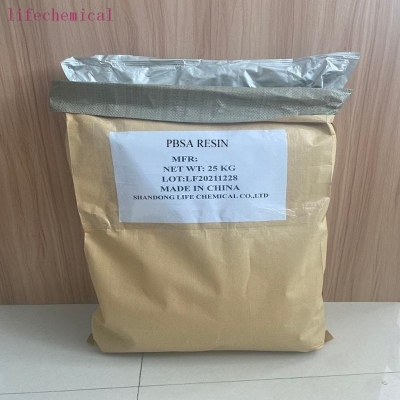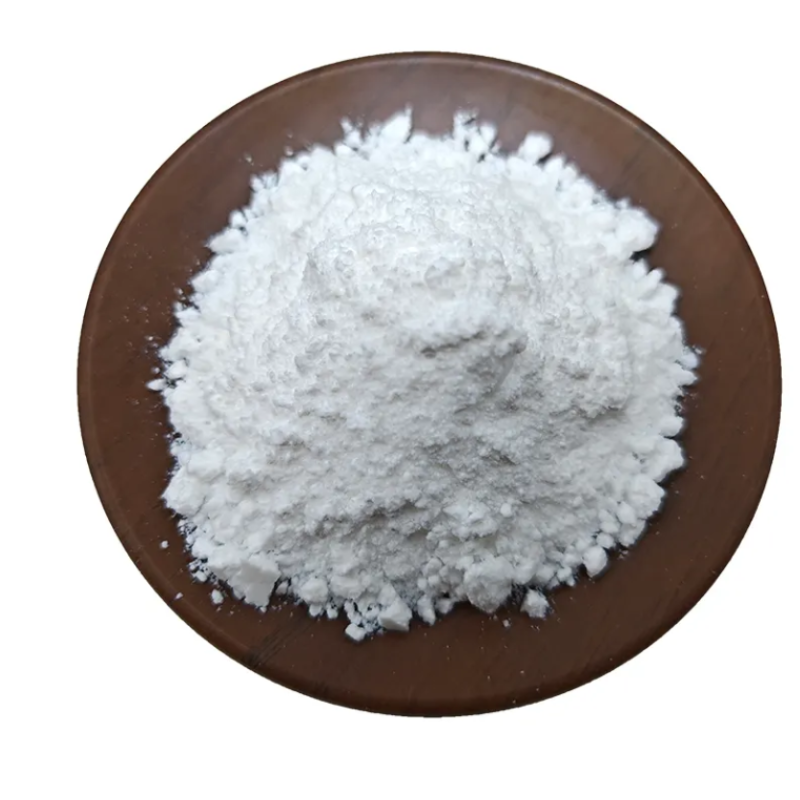-
Categories
-
Pharmaceutical Intermediates
-
Active Pharmaceutical Ingredients
-
Food Additives
- Industrial Coatings
- Agrochemicals
- Dyes and Pigments
- Surfactant
- Flavors and Fragrances
- Chemical Reagents
- Catalyst and Auxiliary
- Natural Products
- Inorganic Chemistry
-
Organic Chemistry
-
Biochemical Engineering
- Analytical Chemistry
-
Cosmetic Ingredient
- Water Treatment Chemical
-
Pharmaceutical Intermediates
Promotion
ECHEMI Mall
Wholesale
Weekly Price
Exhibition
News
-
Trade Service
Recently, Academician Li Can and Researcher Li Rengui of the State Key Laboratory of Catalysis, Dalian Institute of Chemical Physics, Chinese Academy of Sciences, and others have made new progress in solar energy's large-scale water splitting to produce hydrogen: the first to propose and verify a new "hydrogen farm" strategy.
Based on the powder nano-particle photocatalyst solar water splitting to produce hydrogen, the solar photocatalytic total water splitting hydrogen production efficiency has set an international record
.
Solar energy photocatalytic decomposition of water to produce hydrogen can convert and store solar energy into chemical energy, which is a long-term dream of scientists
.
The photocatalytic process is a complex reaction process spanning multiple time scales, involving a series of multidisciplinary frontier scientific issues such as chemistry, physics, and biology
.
If solar energy can be used to achieve high-efficiency water splitting and hydrogen production, it will not only alleviate human energy problems, but it is also expected to replace fossil energy.
It will be possible to change the world's energy pattern and fundamentally realize sustainable energy development and ecological civilization of human society
.
Inspired by the principle of natural photosynthesis, the team learned from the practice of large-scale crop planting, and took the lead in proposing and verifying the "hydrogen farm" strategy of solar energy-based large-scale water splitting to produce hydrogen based on powdered nanoparticle photocatalysts, which is different from international ones.
Reported brand new strategy
.
The "hydrogen farm" strategy is based on the principle of natural photosynthesis Z-mechanism that separates the photosystem II and the photosystem I in space, and the photoreaction and dark reactions are separated in space, to reduce the water oxidation reaction and proton reduction in the water splitting reaction.
The reaction is separated in space, avoiding the reverse reaction of hydrogen and oxygen, avoiding the separation of product hydrogen and oxygen and other problems.
The open water oxidation reactor solves the technical bottleneck of large-scale application in principle
.
To achieve the "hydrogen farm" strategy, two key issues need to be addressed.
One is how to achieve an efficient water oxidation photocatalytic process, and the other is how to inhibit the reaction between the oxidized and reduced species generated on the surface of the nanophotocatalyst
.
Li Can’s team has long been committed to the research on cutting-edge scientific issues of solar photocatalysis, photocatalysis and electrocatalysis, and is one of the first teams in China to start the research on solar photocatalysis for water splitting to produce hydrogen
.
In particular, a series of important progress has been made in the research on key scientific issues such as photo-generated charge separation based on powder nano-particle photocatalyst systems.
He has proposed the charge separation mechanism of heterogeneous junctions, discovered the photo-generated charge separation effect between crystal planes, and developed highly symmetric semiconductor materials.
The photo-generated charge separation strategy and the new strategy of polarity-induced photo-charge separation, independently developed new photo-generated charge imaging and characterization technology, and confirmed the separation of photo-generated charges between crystal planes, etc.
, which have received extensive attention from the international solar photocatalysis community
.
While making progress in basic research, Li Can’s team has been exploring demonstrations of large-scale applications of solar water splitting to produce hydrogen
.
Based on the powder nano-particle photocatalyst solar water splitting to produce hydrogen, the solar photocatalytic total water splitting hydrogen production efficiency has set an international record
.
Solar energy photocatalytic decomposition of water to produce hydrogen can convert and store solar energy into chemical energy, which is a long-term dream of scientists
.
The photocatalytic process is a complex reaction process spanning multiple time scales, involving a series of multidisciplinary frontier scientific issues such as chemistry, physics, and biology
.
If solar energy can be used to achieve high-efficiency water splitting and hydrogen production, it will not only alleviate human energy problems, but it is also expected to replace fossil energy.
It will be possible to change the world's energy pattern and fundamentally realize sustainable energy development and ecological civilization of human society
.
Inspired by the principle of natural photosynthesis, the team learned from the practice of large-scale crop planting, and took the lead in proposing and verifying the "hydrogen farm" strategy of solar energy-based large-scale water splitting to produce hydrogen based on powdered nanoparticle photocatalysts, which is different from international ones.
Reported brand new strategy
.
The "hydrogen farm" strategy is based on the principle of natural photosynthesis Z-mechanism that separates the photosystem II and the photosystem I in space, and the photoreaction and dark reactions are separated in space, to reduce the water oxidation reaction and proton reduction in the water splitting reaction.
The reaction is separated in space, avoiding the reverse reaction of hydrogen and oxygen, avoiding the separation of product hydrogen and oxygen and other problems.
The open water oxidation reactor solves the technical bottleneck of large-scale application in principle
.
To achieve the "hydrogen farm" strategy, two key issues need to be addressed.
One is how to achieve an efficient water oxidation photocatalytic process, and the other is how to inhibit the reaction between the oxidized and reduced species generated on the surface of the nanophotocatalyst
.
Li Can’s team has long been committed to the research on cutting-edge scientific issues of solar photocatalysis, photocatalysis and electrocatalysis, and is one of the first teams in China to start the research on solar photocatalysis for water splitting to produce hydrogen
.
In particular, a series of important progress has been made in the research on key scientific issues such as photo-generated charge separation based on powder nano-particle photocatalyst systems.
He has proposed the charge separation mechanism of heterogeneous junctions, discovered the photo-generated charge separation effect between crystal planes, and developed highly symmetric semiconductor materials.
The photo-generated charge separation strategy and the new strategy of polarity-induced photo-charge separation, independently developed new photo-generated charge imaging and characterization technology, and confirmed the separation of photo-generated charges between crystal planes, etc.
, which have received extensive attention from the international solar photocatalysis community
.
While making progress in basic research, Li Can’s team has been exploring demonstrations of large-scale applications of solar water splitting to produce hydrogen
.







